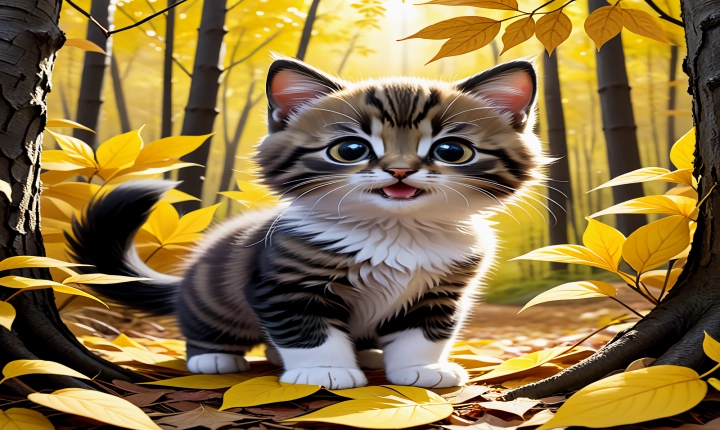Can I Copyright My AI Art?
As technology continues to advance, the use of artificial intelligence (AI) in creating art has become increasingly common. Many artists and creators are harnessing the power of AI to generate stunning and unique works of art. However, this technological advancement has also brought up questions regarding the copyright of AI-generated art. Can creators copyright their AI-generated art, or does the ownership of such artworks lie with the AI itself?
The intersection of art and technology has led to a complex legal and ethical landscape. Traditional copyright laws were formulated to protect creative works produced by human authors, raising questions about whether these laws can effectively address the ownership and protection of AI-generated art. In many jurisdictions, copyright protection is granted to “original works of authorship fixed in a tangible medium of expression.” This definition poses a challenge when it comes to AI-generated art, as the authorship and tangibility of the creative process may not be as clear-cut when AI is involved.
The legal status of AI-generated art is a topic that has gained significant attention in recent years. In 2018, a controversial case emerged when a portrait created by an AI algorithm was sold at auction. The question of who held the copyright to the artwork sparked debate and raised important questions about the role of AI in the creation of intellectual property.
In many cases, copyright law requires a human author to have a significant creative input in order to qualify for protection. However, AI-generated art often blurs the lines of authorship, as the algorithms and mechanisms used to create the art are typically designed and programmed by humans. This has led to discussions around whether the human designer of the AI system can be considered the author of the generated art, and therefore capable of holding copyright over it.
In response to the evolving landscape, some jurisdictions have begun to explore the concept of “non-human authorship” and the potential for AI to hold copyrights. For example, in 2019, the European Union Intellectual Property Office rejected an application to copyright a piece of AI-generated art, stating that the artwork did not meet the criteria of a work created by a human author. This decision raised important questions about the need to reevaluate copyright laws to accommodate the evolving role of AI in the creative process.
While the legal and ethical implications of AI-generated art continue to be debated, creators can take steps to protect their works. One approach is to establish clear contractual agreements and terms of use when utilizing AI to generate art. These agreements can specify the ownership and rights associated with the AI-generated artworks, providing clarity and protection for the creators.
As discussions around AI-generated art and copyright continue to unfold, it is likely that copyright laws will evolve to address the unique challenges presented by AI in the creative process. Until then, creators and innovators in the field of AI-generated art should stay informed and seek legal counsel to ensure their works are appropriately protected.
In conclusion, the issue of copyrighting AI-generated art represents a complex and evolving area of discussion within the legal and artistic communities. As AI continues to play a greater role in the creative process, it is essential for creators to be aware of the legal and ethical considerations surrounding the ownership and protection of their AI-generated artworks. While the current legal framework may not fully accommodate the nuances of AI-generated art, ongoing discussions and potential legislative changes may provide new avenues for establishing copyright protection for this emerging form of creative expression.
